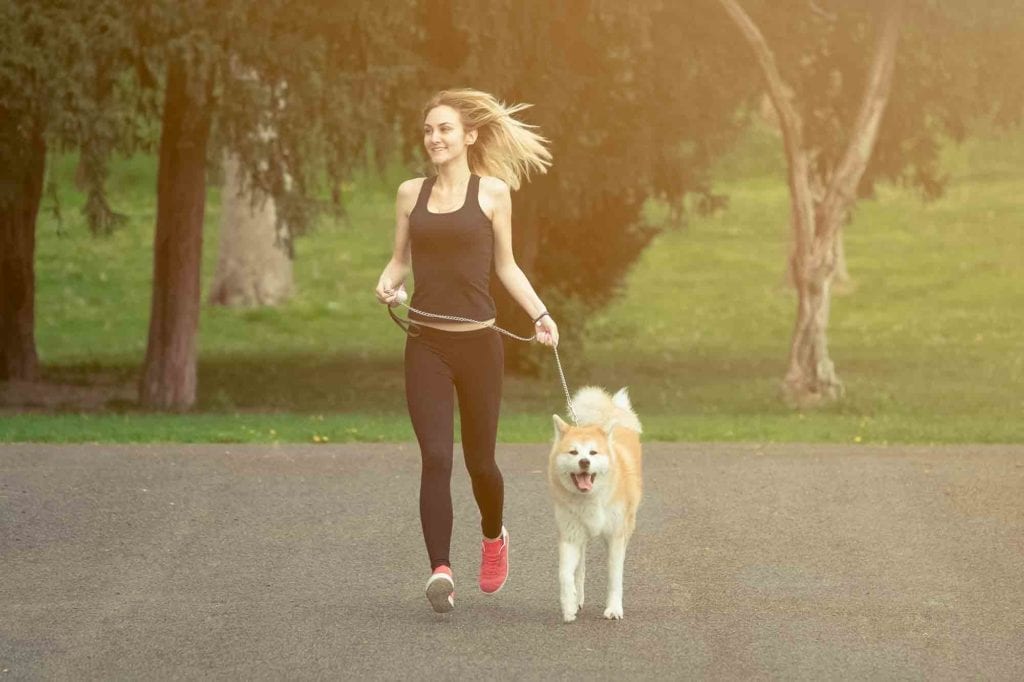 Every dog owner knows that dogs need and enjoy a daily walk, but what about kicking it up a notch? Running is one of the most popular sports in the world, and can provide numerous health benefits for both people and pets. The dog running safety tips from your friends at Schertz Animal Hospital will help you figure out how to reap all the benefits of running together, with none of the hazards.
Every dog owner knows that dogs need and enjoy a daily walk, but what about kicking it up a notch? Running is one of the most popular sports in the world, and can provide numerous health benefits for both people and pets. The dog running safety tips from your friends at Schertz Animal Hospital will help you figure out how to reap all the benefits of running together, with none of the hazards.
Wellness Alert
Just as humans are advised not to begin any exercise program without the go-ahead from their physician, your dog should have a wellness exam prior to starting a running regimen. Your veterinarian will make sure your dog is healthy enough for high impact activity, and that they have all of the necessary vaccines and parasite preventives to stay safe while outdoors.
Dog Running Safety 101
The principles of dog running safety are simple and effective.
- Age matters – Puppies and older dogs should not run on hard surfaces for extended periods of time. The growth plates on most dogs won’t close until they reach 1-2 years of age (depending on breed), and permanent damage can result from starting a running program too early. Senior dogs may also suffer from aches, pains, and injury if pushed too hard on a run. Always check with your veterinarian first for dog running safety advice.
- Build up slowly – Your dog may seem like they’re in great shape, but dogs need to build up their strength and endurance over time, just like humans do. When starting a running program with your dog, go slowly and increase the distance incrementally.
- Watch the weather – The heat and humidity of summer can put all pets at risk of heat stroke, dehydration, and damage to paws from hot pavement. Stick with morning and evening runs, and, whenever possible, allow your dog to run on grass or in a shaded area. Bring water and stop for breaks to prevent your dog from becoming dehydrated.
- Watch your dog – Your workout buddy is relying on your vigilance for their continued health and safety! Be on the lookout for signs that your dog is limping, stumbling, trying to slow down or stop, panting excessively, or other indications of distress. Take a break anytime your dog needs it.
Do you run with your dog? How do you keep them safe? Snap a picture and post it to our social media, or let us know the next time you’re in to see us. As always, the staff at Schertz is available anytime to discuss your questions and concerns about your pet.
Recent Posts
About Us
We know that choosing the right veterinarian for your pet (and you) can be a challenge. Yet, with our stress-free handling, our long-term, experienced staff, and a state-of-the-art facility, we make the decision an easy one!
